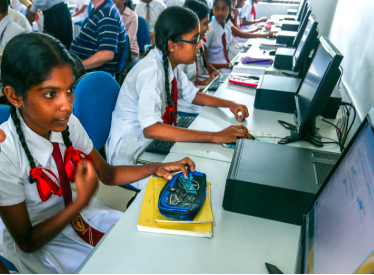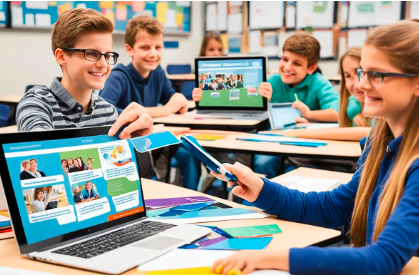In a world where access to quality education remains uneven, education technology—commonly known as EdTech—is proving to be a powerful equalizer. From remote villages to crowded urban centers, digital tools are helping break down traditional barriers to learning. By harnessing technology, educators and learners alike are finding new ways to overcome challenges and build inclusive, adaptable educational environments.
Expanding Access to Learning
One of the most significant contributions of EdTech is its ability to reach students regardless of their location. With the rise of online platforms, students in underserved or remote areas now have the chance to learn from the same resources as their peers in well-funded schools. Whether through video lessons, interactive simulations, or mobile learning apps, digital education brings lessons to life, often requiring only a basic internet connection and a device.
Supporting Diverse Learning Needs
Not all students learn the same way. EdTech accommodates different learning styles through adaptive platforms that adjust to each learner’s pace and preferences. Visual learners can benefit from graphics and videos, while auditory learners can access recorded lectures. For students who need extra time or specialized support, many platforms offer features like subtitles, text-to-speech, and personalized feedback to ensure no one is left behind.
Empowering Teachers and Schools
Technology is not replacing teachers—it’s strengthening them. EdTech tools allow educators to create customized lesson plans, track student progress more efficiently, and access a wide range of teaching resources. In areas with teacher shortages or limited materials, digital platforms can provide essential support to fill gaps and maintain consistent instruction.
Fostering Global Collaboration
Digital tools are also connecting classrooms across continents. Students can participate in global projects, attend virtual exchanges, or engage in online discussions with peers from different countries. This exposure builds cultural awareness, improves communication skills, and nurtures a broader understanding of the world.
Low-Cost and Scalable Solutions
Many EdTech solutions are designed to be low-cost and scalable, making them suitable for deployment in regions with limited budgets. Free educational apps, open-source platforms, and government-supported online portals are helping create learning opportunities for millions who might otherwise be excluded from formal education systems.
Looking Ahead
As technology continues to evolve, its role in education will only grow more significant. Bridging the global education gap isn’t a one-size-fits-all effort, but EdTech offers flexible, innovative paths toward a more inclusive future. With thoughtful implementation, digital learning can help every child, teen, and adult access the tools they need to succeed—no matter where they are in the world.














